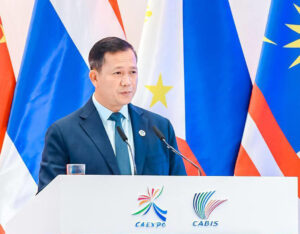🛢️ OPEC+ agrees to CUT oil output from 2024
The Organization of Petroleum Exporting Countries (OPEC) and its allies, led by Russia, agreed Sunday to cut overall oil production targets by a further 1.4 million barrels per day (bpd) from January 2024 versus current targets to a combined of 40.46 million bpd, as the group seeks to boost flagging oil prices.
Russia will extend its voluntary cut by 500,000 bpd until the end of December next year. Saudi Arabia will cut output in July on top of a broader OPEC+ deal to 9 million bpd from about 10 million bpd in May, the biggest reduction in years.
Additionaly, OPEC+ extended until the end of 2024 production cuts of 3.66 million bpd, representing 3.6% of global demand, including 2 million bpd agreed last year and voluntary cuts of 1.66 million bpd agreed in April.
OPEC+ pumps around 40% of the world’s crude, meaning its policy decisions can have a significant impact on oil prices.
The West accuses OPEC of siding with Russia, manipulating oil prices and undermining the global economy through high energy costs.
In response, OPEC insiders have said the West’s money-printing over the last decade has driven inflation and forced oil-producing nations to act to maintain the value of their main export.
Subscribe to Russian Market (http://t.me/therussianmarket)







